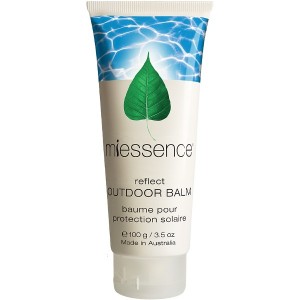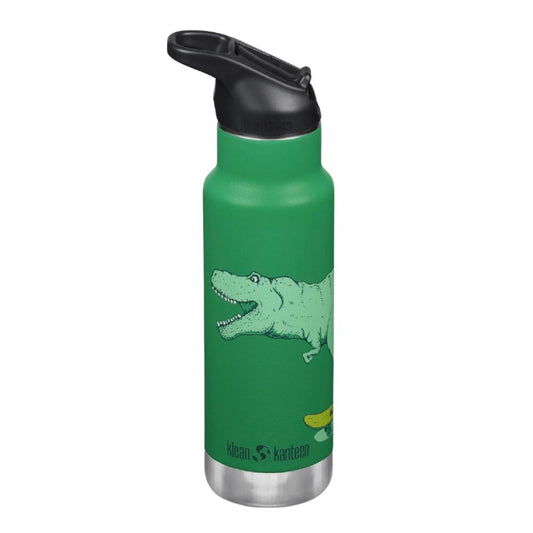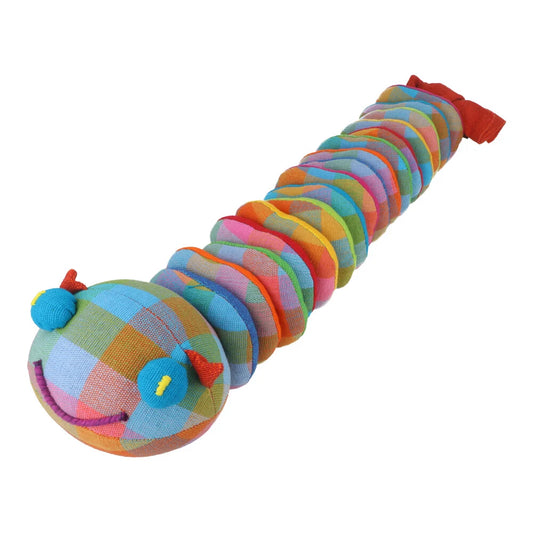First, why do we need protection from UVA and UVB rays?
Sunlight produces two types of rays: ultraviolet A (UVA), and ultraviolet B (UVB), both of which contribute to skin and eye damage, premature ageing and skin cancer in all skin types. UVA rays are long waves, and can penetrate deep into the skins thickest layers. They play a major role in premature aging and wrinkles. It has also been noted that UVA contributes, and may even initiate the development of skin cancers. UVB rays are much shorter, and therefore most damaging to the epidermal and superficial layers close to the skin's surface. UVB rays are the main cause of sunburn and play a key role in the development of skin cancer. UVB is especially dangerous at high altitudes and on reflective surfaces, such as water or snow, as the rays can reflect back. So if you're at the beach, a water park or the pool, be particularly careful. Since both UVA and UVB rays are harmful, you need a sunscreen with an SPF of 30 to protect you from both.What is the difference between chemical sunscreen and natural sunscreen?
Chemical sunscreens rely on a swarm of chemicals to absorb UV rays. One chemical found in many is OxyBenzone, which may disrupt the human hormone system, can trigger allergic skin reactions, and has been proven to harm coral. Meanwhile, a natural sunscreen uses minerals to form a physical barrier that deflect UV rays off the skin. They are gentle on the skin, and better for the environment too.Always Practice Sun Safety
If you have to be outside, we always recommend to:- Always wear sunscreen - whether you choose to use a chemical or natural sunscreen, use one that blocks both UVA and UVB rays, apply liberally and regularly, and never let sunscreen be your only form of defense against the sun
- Cover up - wear a wide-brimmed hat and loose-fitting long sleeved shirts and pants, which will block harmful UV rays
- Wear sunglasses - invest in a good pair to help shield eyes from UV radiation
- Stay in the shade - whenever you or the kids are outside, stay in the shade as much as possible, and always keep infants under six months out of direct sun
Shop Palm Oil Free Natural Sunscreens at Biome
Palm oil is an ingredient in the majority of sunscreens on the market, however palm oil free sunscreen does exist and you can find it at Biome. Our natural sunscreen range is free from palm oil, parabans, is UV natural and SPF 30.Our range also includes products suitable for babies and those with sensitive skin. WotNot Natural Sunscreen > easy to apply, gentle formula that is suitable for all ages, including babies.
WotNot Natural Sunscreen > easy to apply, gentle formula that is suitable for all ages, including babies.  Sun & Earth Natural Zinc > is a completely natural, biodegradable zinc sun barrier to protect skin from the sun's harsh rays.
Sun & Earth Natural Zinc > is a completely natural, biodegradable zinc sun barrier to protect skin from the sun's harsh rays.  Miessence Reflect Outdoor Balm > is an SPF15 outdoor balm, free from water and full of natural minerals to help reflect damaging ultraviolet radiation.
Miessence Reflect Outdoor Balm > is an SPF15 outdoor balm, free from water and full of natural minerals to help reflect damaging ultraviolet radiation.  Surfpaste PSF30 Tinted Paste > is a tinted sunscreen full of plant nutrients and nourishing ingredients like Jojoba Oil, Shea Butter and Vitamin E. Stays on for hours and can be used as a foundation. Shop all natural sunscreens here >
Surfpaste PSF30 Tinted Paste > is a tinted sunscreen full of plant nutrients and nourishing ingredients like Jojoba Oil, Shea Butter and Vitamin E. Stays on for hours and can be used as a foundation. Shop all natural sunscreens here >Further reading Skin Cancer Foundation: http://www.skincancer.org/prevention/uva-and-uvb World Health Organisation: Cancer Council: http://www.cancer.org.au/preventing-cancer/sun-protection/ ABC: http://www.abc.net.au/radionational/programs/greatmomentsinscience/how-a-common-chemical-in-sunscreen-is-damaging-our-coral-reefs/7810090 Environmental Working Group: http://www.ewg.org/news/testimony-official-correspondence/cdc-americans-carry-body-burden-toxic-sunscreen-chemical




































